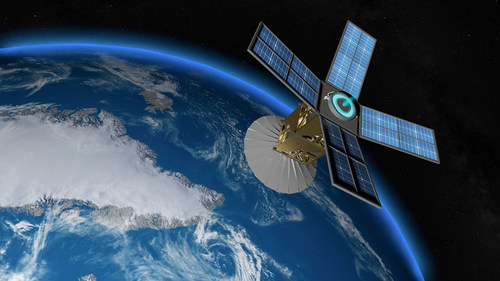
Satellite design advances fuel market growth for satellite propulsion solutions
by CM staff
Satellite constellations generate ongoing demand for propulsion systems, according to Frost & Sullivan.

Photo: Satellite Propulsion Solutions.
SAN ANTONIO — Satellite propulsion is vital to the operation of satellites as it is used to produce thrust for orbit insertion, position control, station keeping, and other in-orbit maneuvers.
According to Frost & Sullivan’s recent report, Global Satellite Propulsion Solutions Market, commercial and private end-user satellite constellations generate a steady demand for propulsion systems because they provide communications and satellite imaging. The global market is expected to reach $216.32 billion by 2031, up from $93.33 billion in 2021, representing an 8.7 per cent compound annual growth rate.
“Technological advances have enabled cheaper satellite manufacturing and increased the need for space launches, necessitating cost-effective and energy-efficient propulsion systems,” said Tiffany Kahapea, aerospace and defense research analyst, Frost & Sullivan. “Due to this, new satellites’ design, development, and implementation will bring new opportunities and enhance the satellite propulsion market.”
“Communications satellites will remain the largest share of the satellite propulsion industry, fueling market expansion. From satellite forecast by mass, minisatellites will dominate the market between 2021 and 2031 as the growing demand for small satellites, nearly 93%, will come from the commercial sector,” said Kahapea.
According the the report, to capitalize on the expanding satellite propulsion solutions market, businesses should:
- Invest more in micro-propulsion system R&D and identify manufacturers developing propulsion systems suitable for their satellite applications and operations to capitalize on the growing satellite propulsion solutions market.
- Concentrate on developing air-scooping electric propulsion (ASEP) technology that benefits very low earth orbit (VLEO), as many satellite markets are low earth orbit (LEO), and new launches are aimed at VLEO.
- Invest more in solar sails R&D. The initial process can be costly, but once implemented, it is an inexpensive means of propulsion.